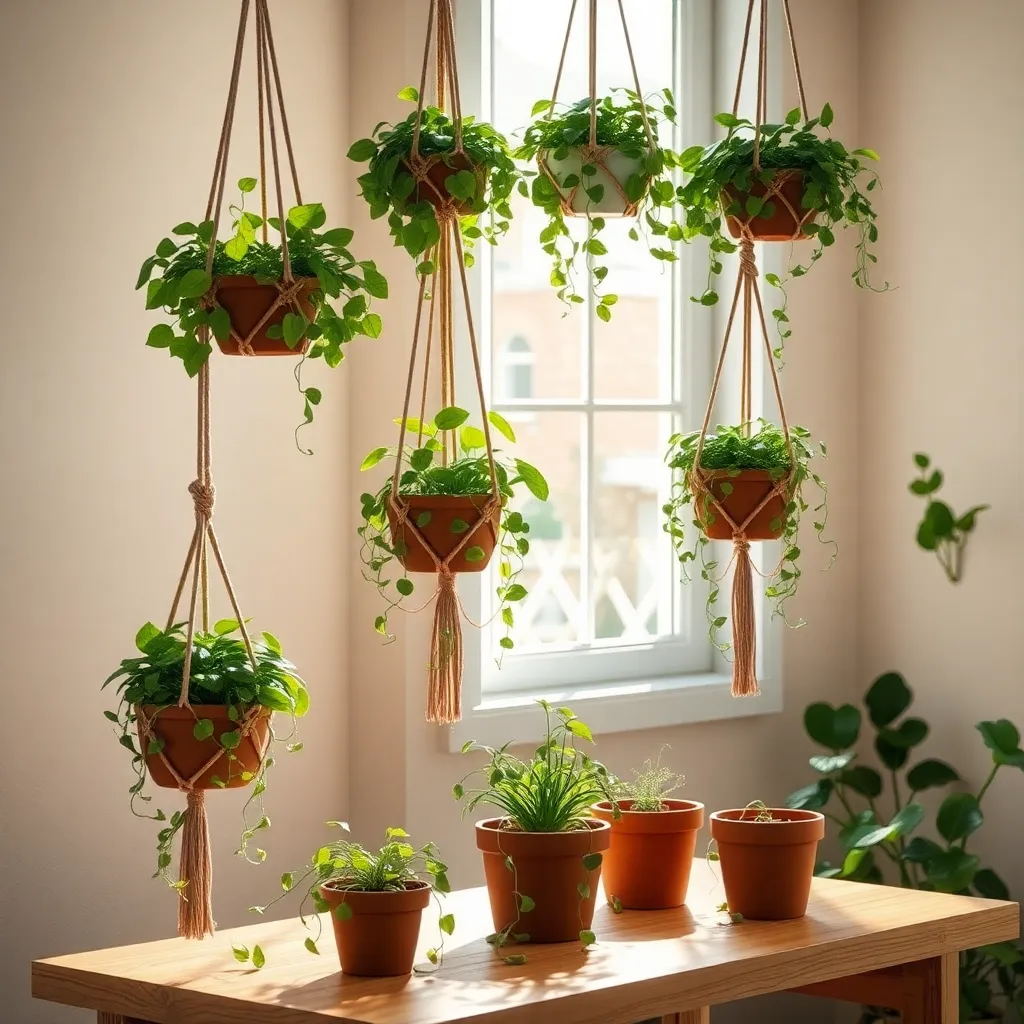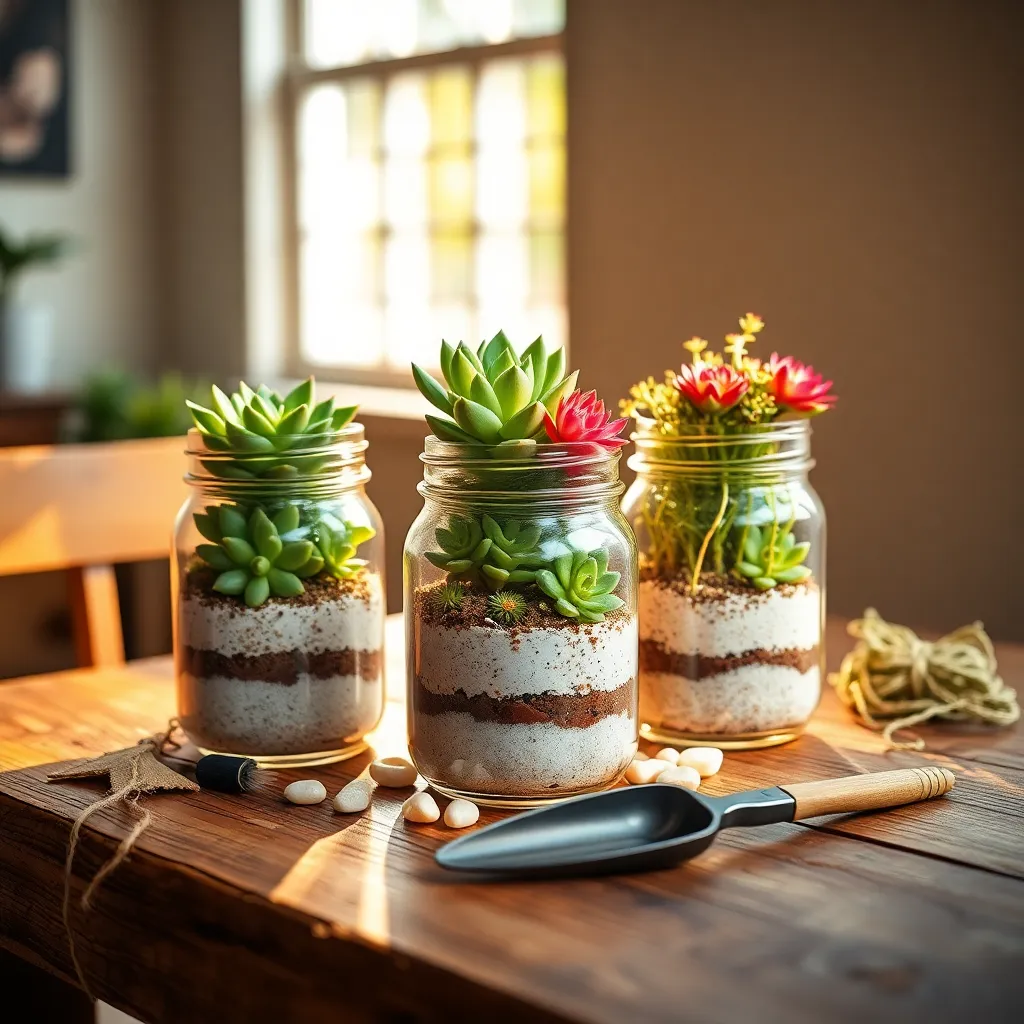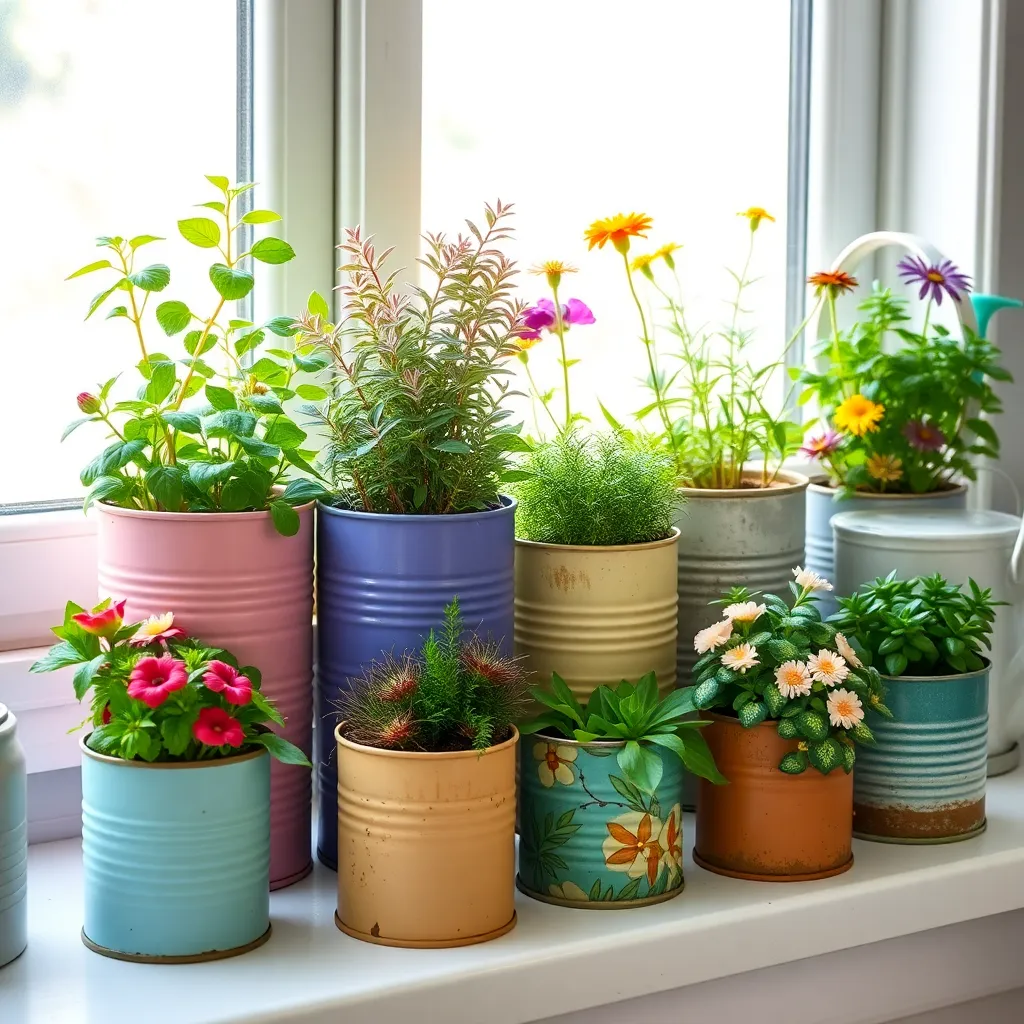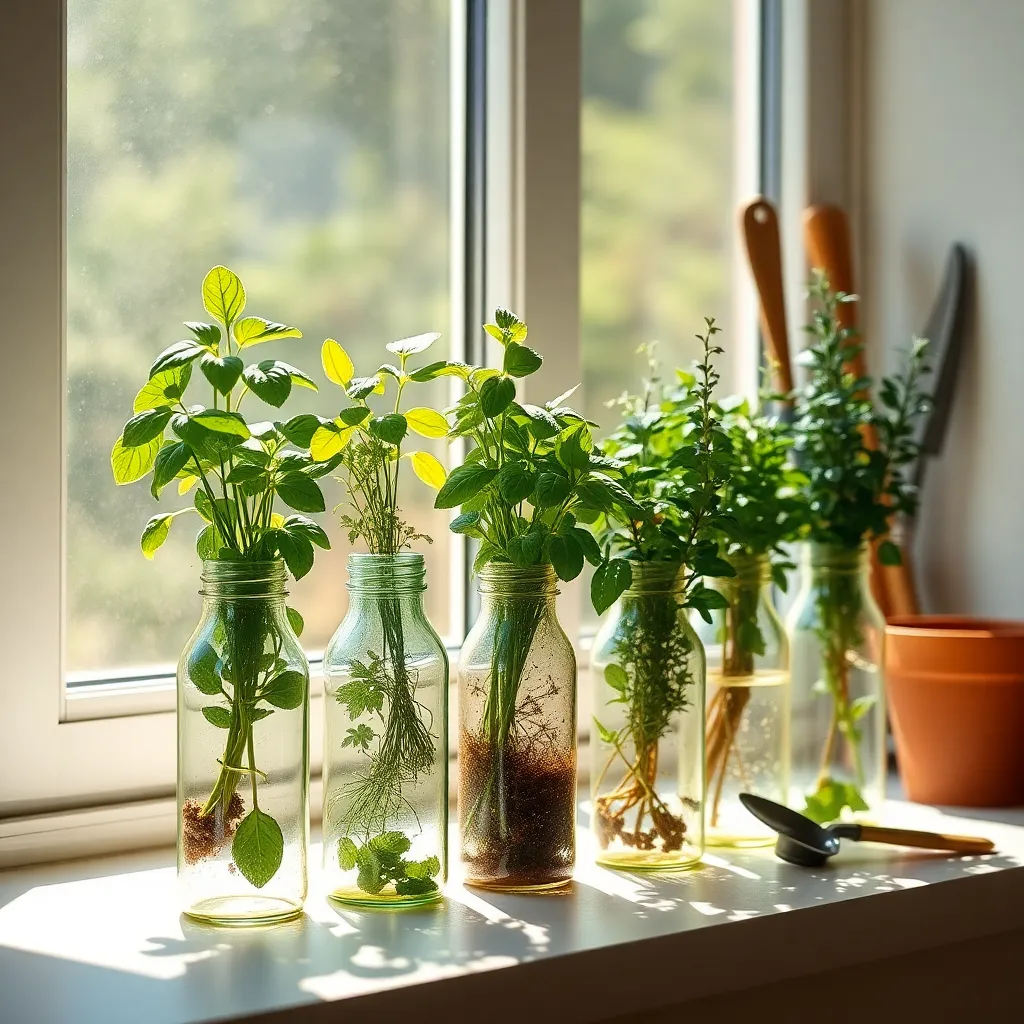Welcome to “Simple DIY Indoor Planter Ideas,” where the art of indoor gardening becomes an exciting journey for everyone, from novice green thumbs to seasoned plant enthusiasts. Whether you’re just starting out or have a well-established collection of houseplants, this guide is designed to inspire and empower you as you transform simple materials into thriving, beautiful indoor gardens.
In this collection, you’ll find a variety of creative and practical planter ideas that breathe new life into your indoor spaces. These projects not only add a touch of nature to your home but also offer the satisfaction of crafting something beautiful with your own hands. Imagine the joy of watching your indoor oasis flourish, knowing that you made it all possible with accessible techniques and a bit of creativity.
By exploring these planter ideas, you’ll gain confidence in your ability to nurture and maintain a healthy indoor garden, regardless of your experience level. With step-by-step guidance and helpful tips, you’ll discover how easy it is to create a vibrant environment that brings a sense of tranquility and accomplishment into your home. Embrace the joy and rewards of successful gardening, knowing you’re capable of cultivating beauty and life right within your walls.
Repurpose Jars as Herb Planters

Repurposing jars as herb planters is a simple, sustainable way to grow fresh herbs indoors. Begin by selecting clean glass jars, such as mason jars or any unused kitchen jars, ensuring they are at least 4 inches deep to allow room for root growth.
For optimal drainage, add a layer of small pebbles or gravel at the bottom of each jar. This prevents water from stagnating, which can lead to root rot—a common issue in container gardening.
Fill the jars with a high-quality potting mix, ideally one that is light and well-draining. Look for mixes that contain ingredients like perlite or vermiculite, as these materials help maintain the right balance of moisture and aeration for herb roots.
Once your jars are ready, plant your favorite herbs, such as basil, mint, or parsley, ensuring seeds or seedlings are covered with a thin layer of soil. Keep the jars in a sunny spot, like a windowsill that receives at least 4-6 hours of sunlight daily, to support healthy growth.
Water the herbs gently, allowing the top inch of soil to dry out between waterings to avoid over-watering. For a more advanced tip, consider using a diluted liquid fertilizer every four weeks to provide additional nutrients that will encourage lush, flavorful growth.
Create Hanging Planters with Macrame

Creating hanging planters with macrame is a delightful way to incorporate art into your indoor gardening. To begin, you’ll need some basic materials: cotton cord, a metal or wooden ring, and a pair of scissors.
Start by cutting four lengths of cord, each about 3-4 meters long, depending on how low you want your planter to hang. Fold the cords in half and thread them through the ring to create eight strands, then secure them with a simple knot.
Once your cords are secured, it’s time to design your macrame pattern. A basic square knot or spiral knot is perfect for beginners and still provides an elegant finish.
To ensure your plants thrive in these hanging planters, choose plants that enjoy well-draining soil, such as succulents or pothos. Ensure the pot you place in the macrame holder has drainage holes to prevent water from pooling and causing root rot.
Watering frequency will depend on the plant type and indoor humidity levels. Generally, plants in hanging planters may dry out faster, so check moisture levels regularly by sticking your finger into the soil.
For a professional touch, consider incorporating beads or colored cords into your macrame design. This adds a personalized flair and makes your hanging planters a unique statement piece in your home.
Use Mason Jars for Succulents

Repurposing mason jars as succulent planters is a simple yet stylish way to bring greenery into your home. Begin by selecting mason jars that are clear and wide enough to accommodate your chosen succulents.
To ensure proper drainage, add a layer of small pebbles or gravel at the bottom of each jar. This step is crucial as succulents are prone to root rot if water accumulates at the base.
Fill the jar about halfway with a well-draining cactus or succulent potting mix. These plants thrive in soil that mimics their natural arid environment, so avoid regular potting soil.
Gently place your succulent in the jar, adding more soil around the roots until the plant is secure. Water sparingly, allowing the soil to dry out completely between waterings to prevent overwatering.
Position your mason jar planters in a spot that receives plenty of indirect sunlight. While succulents enjoy sun, too much direct sunlight can cause them to scorch, so balance is key.
Convert Tin Cans into Planters

Repurposing tin cans into planters is an eco-friendly way to add charm to your indoor garden. To begin, clean the cans thoroughly and use a hammer and nail to make drainage holes at the bottom.
Next, choose plants that suit the size of your cans, such as herbs or small flowers like pansies. Fill the can with a well-draining potting mix, which is crucial for preventing root rot.
Water your plants sparingly, as most tin cans do not allow for excess moisture evaporation. Position the cans in a spot that receives adequate sunlight, ensuring that your plants thrive indoors.
For an added touch, consider decorating the exterior of the cans with paint or fabric to match your home decor. This not only adds visual appeal but also personalizes your indoor garden space.
Craft Self-Watering Bottles

Creating self-watering bottles is a simple DIY project that can greatly benefit your indoor plants. This technique helps maintain consistent moisture levels, which is particularly useful if you’re often busy or forgetful with watering.
To craft a self-watering bottle, you’ll need a plastic bottle, a thin piece of fabric or string, and some soil. Begin by cutting the bottle in half and threading the fabric through the neck, ensuring it extends into both the water reservoir and the soil above.
The upper part of the bottle acts as a planter, while the lower half serves as a water reservoir. As the soil dries out, the fabric wicks moisture up into the soil, keeping your plants hydrated.
Choose a fabric with good wicking properties, such as cotton, to ensure effective moisture transfer. Experiment with different bottle sizes to suit the needs of various plants; smaller bottles work well for herbs, while larger ones can support bigger foliage plants.
For optimal results, use a well-draining potting mix to prevent waterlogging, which can lead to root rot. Check the water level in the reservoir every few days, and refill it as needed, especially in warmer months when evaporation rates are higher.
Conclusion: Growing Success with These Plants
As we’ve explored, nurturing relationships can be as fulfilling and delightful as crafting your own indoor planters. The five key concepts we’ve covered include communication, which is akin to the sunlight that helps plants grow; patience, much like waiting for seeds to sprout; creativity, which enhances the beauty of your home; trust, the soil that holds everything together; and shared goals, like nurturing a garden in harmony. Each of these elements is crucial in cultivating a thriving, resilient relationship.
To put these insights into action, why not start by creating a simple DIY indoor planter together with your partner? It’s not only a fun activity but also a meaningful metaphor for the growth you wish to see in your relationship.
Remember, relationships are living entities that require ongoing care and attention. Bookmark this article as a handy guide for those times when you need a gentle reminder of the essentials. As you apply these concepts, watch your relationships blossom into something truly extraordinary. Embrace this journey with optimism, knowing that with time and effort, your relationship can grow as beautifully as any indoor garden.

